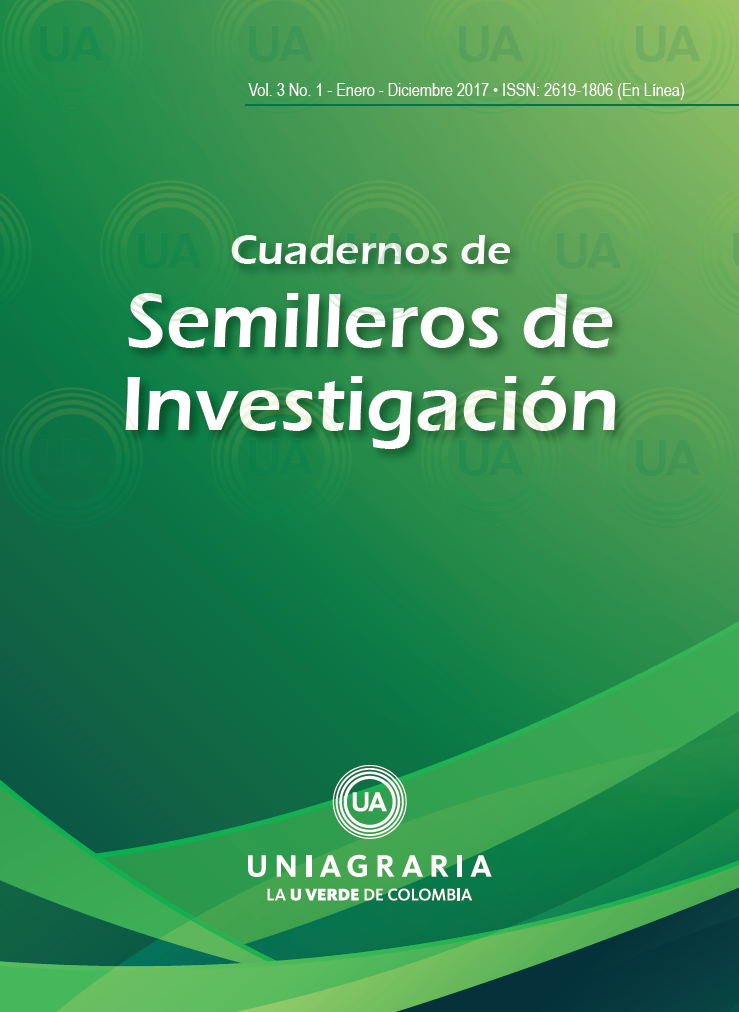Abstract
The growing agro-industry of biofuels has developed a new energy supply option, with biodiesel being one of them, which has promoted productive chains such as palm oil and other oilseeds, where it focuses on the production of first generation biodiesel. from vegetable oils such as African palm. The palm biodiesel (Elaeis guineensis) has drawbacks with its cloud point, where at low temperatures in some regions of cold climates in Colombia, some esters product of the process of transesterification of fatty acids begin to generate a type of agglomeration of esters, which in large proportions can obstruct filters or damage diesel engines, for this reason an analysis of the cloud point of the mixture of palm biodiesel and additives of synthetic origin (VISXOPLEX® 10-330, XP3®W-BD) was carried out and natural (Biodiesel from Jatrofa curcas l B100) at different concentrations (0.22% and 1%). For the evaluation of this it was necessary to produce at laboratory level the biodiesel from Palma and Jatropha, by means of a process of having a reactor using anhydrous ethanol as a solvent for transesterification; similarly, the different quality parameters were evaluated, resulting in values within the range determined by NTC 5444 (Colombian Technical Standard) and likewise a lower cloud point in the mixture of palm biodiesel and additives of synthetic and natural origin.Downloads
Download data is not yet available.
